How to use our courses
This is the learning method we recommend for all Smart Method courses
This course utilizes some of the tried and tested techniques developed after teaching vast numbers of people to learn Excel during many years teaching Smart Method classroom courses.
In order to master Excel as quickly and efficiently as possible you should use the recommended learning method described below. If you do this there is absolutely no doubt that you will master Excel.
Three Important Rules
#1 – Complete the course from beginning to end
It is always tempting to jump around the course completing lessons in a haphazard way.
We strongly suggest that you start at the beginning and complete lessons sequentially.
That’s because each lesson builds upon skills learned in the previous lessons and one of our goals is not to waste your time by teaching the same skill twice. If you miss a skill by skipping a lesson you’ll find the later lessons more difficult, or even impossible to follow. This, in turn, may demoralize you and make you abandon the course.
#2 – If possible, complete a session in one sitting
The courses are arranged into Sessions and Lessons.
You can complete as many, or as few, lessons as you have the time and energy for each day. Many learners have developed Excel skills by setting aside just a few minutes each day to complete a single lesson.
If it is possible, the most effective way to learn is to lock yourself away, switch off your telephone, and complete a full session, without interruption, except for a 15 minute break each hour. The memory process is associative and we’ve ensured that the lessons in each session are very closely coupled (contextually) with the others. By learning the whole session in one sitting, you’ll store all of that information in the same part of your memory and will find it easier to recall later.
The experience of being able to remember all of the words of a song as soon as somebody has got you “started” with the first line is an example of the memory’s associative system of data storage.
#3 – Rest at least every hour
In our classroom courses we have often observed a phenomena that we call “running into a wall”. This happens when a student becomes overloaded with new information to the point that they can no longer follow the simplest instruction. If you find this happening to you, you’ve studied for too long without a rest.
You should take a 15 minute break every hour (or more often if you begin to feel overwhelmed) and spend it relaxing rather than catching up with your e-mails. Ideally you should relax by lying down and closing your eyes. This allows your brain to use all of its processing power to efficiently store and index the skills you’ve learned. We’ve found that this hugely improves retention of skills learned.
How to work through the lessons
At the end of each session, complete the session exercise
Keep attempting the exercise at the end of each session until you can complete it without having to refer to lessons in the session. Don’t start the next session until you can complete the exercise from memory.
At the end of each session, review the objectives
The session objectives are stated at the beginning of each session.
Read each objective and ask yourself if you have truly mastered each skill. If you are not sure about any of the skills listed, revise the relevant lesson(s) before moving on to the next session.
You will find it very frustrating if you move to a new session before you have truly mastered the skills covered in the previous session. This may demoralize you and make you abandon the course.
How to best use the incremental sample files
Many lessons in this course use a sample file that is incrementally improved during each lesson. At the end of each lesson an interim version is always saved. For example, a sample file called Sales-1 may provide the starting point to a sequence of three lessons. After each lesson, interim versions called Sales-2, Sales-3 and Sales-4 are saved by the student.
A complete set of sample files (including all incremental versions) are provided in the sample file set. This provides two important benefits:
- If you have difficulty with a lesson it is useful to be able to study the completed workbook (at the end of the lesson) by opening the finished version of the lesson’s workbook.
- When you have completed the book, you will want to use it as a reference. The sample files allow you to work through any single lesson in isolation, as the workbook’s state at the beginning of each lesson is always available.
The time you spend learning Excel is hugely worthwhile
Excel is a huge and daunting application and you’ll need to invest some time in learning the skills presented in this course. This will be time well spent as you’ll have a hugely marketable skill for life. With 1.2 billion users worldwide, it is hard to imagine any non-manual occupation today that doesn’t require Excel skills.
If you persevere with this course there is no doubt that you will master Excel. A little time and effort is needed but the skills you’ll acquire will be hugely valuable for the rest of your life.
Enjoy the course.
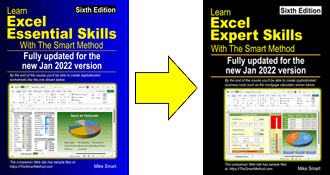
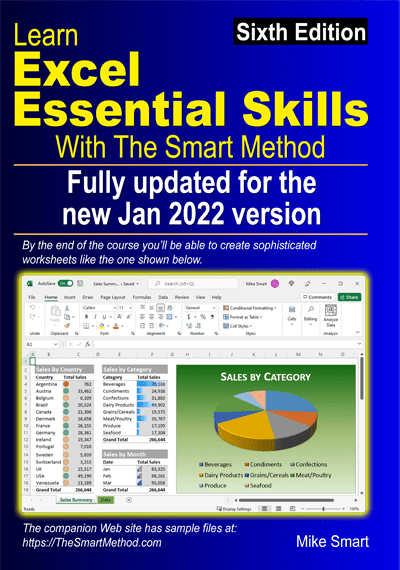
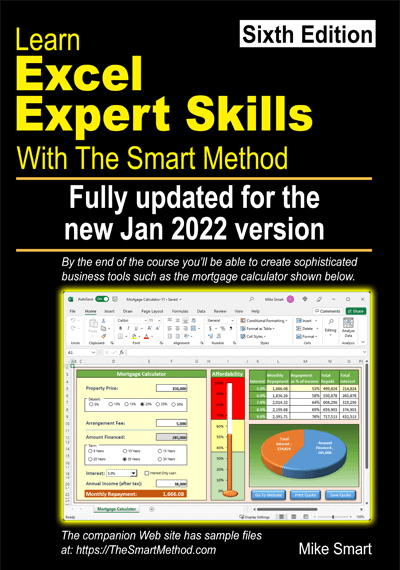
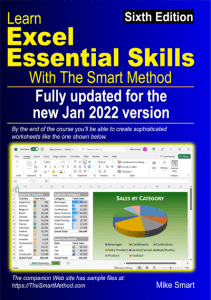
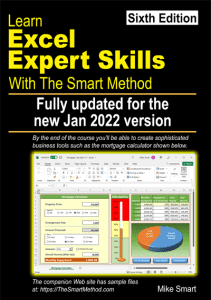
3 Responses
Finally i stumbled upon the site which talks in a language that makes sense to me.
I am thrilled to find the Smart Method for Excel. What an opportunity! Thank you so much for making this available. I have been looking into getting a job and I need this skill for what I want to do. Thanks again!
I found your course on the internet, and am looking forward to learning excel.